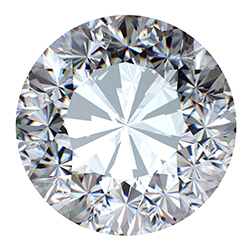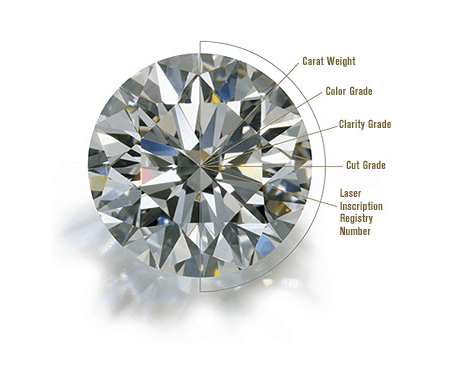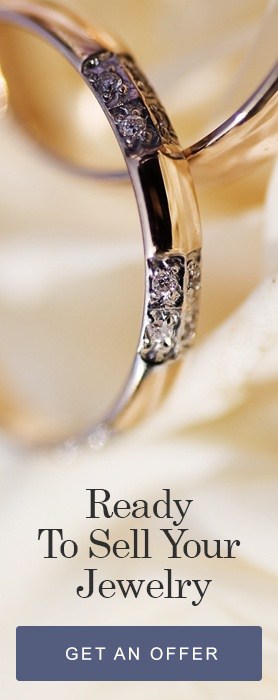Enhanced diamonds” may sound appealing, especially if you find one at a much lower price than you would expect for a diamond. However, do you know what “enhanced” really means in the gem business? Before making a purchasing choice, it’s important for consumers to know all about the term "enhanced diamonds", also known as treated diamonds, and what it can mean for them.

There are two kinds of enhancements when it comes to diamonds: clarity enhancement and color enhancement. Enhancement can include any number of treatments aside from the traditional cutting and polishing of a gem, including laser drilling to rid the diamond of mineral inclusions, applying sealants to fill cracks, and applying chemicals to enhance either the clarity or color of the diamond. The U.S Federal Trade Commission requires that dealers who sell diamonds that have been enhanced disclose this to the buyer at the time of purchase.
Clarity enhanced diamonds are perhaps the most popular on the market. Also known as “fracture filled” diamonds, these have been laser drilled and/or sealed in order to reduce visible imperfections. During the laser drilling process, the laser is used to remove any visible iron oxide or crystal mineral inclusions in the diamond. The fracture filling process is similar to that of repairing a windshield. The fractures in the diamonds are filled with a specially formulated glass that blends in with its diamond surroundings.
Consumers often gravitate toward enhanced diamonds because of their relatively lower price. Treated diamonds are often low quality diamonds with imperfections that would not sell well otherwise. Diamonds with naturally good characteristics are rarely enhanced. Applying enhancing techniques to imperfect diamonds gives them a high grade appearance. Although they don’t sell for as much as a higher grade diamond would, dealers who sell diamonds of this nature do stand to earn more than if the gems had been left in their natural state.
“Enhancing” diamonds has become something of a controversy within the industry, since diamonds are traditionally presented and valued based on their natural appearance. Applying enhancement techniques to the diamond, some would say, only takes away from the valuation process. An enhanced diamond can also degrade easily overtime. The glass melts at a much lower temperature than a diamond would, and therefore can melt away from a diamond when subjected to a jeweler’s torch. It might also shatter completely if cleaned in an ultrasonic cleaner. Enhancing a diamond is something like plastic surgery; sure it looks nice now, but it wasn’t born that way!
A trained gemologist can usually tell an enhanced diamond from a non-enhanced diamond. How can you as a consumer tell? One dramatic feature of fracture-filled diamonds is the “flash effect.” This can be seen when you rotate a fracture-filled diamond. The diamond will display a flash of light that can range in color. You can see this best when your field of view is just parallel to the surface of the fracture fill surface, though you have to look a bit harder to see this in colored diamonds.
Above all, always ask questions of retailers who sell diamonds before you purchase. If you’re unsure about the diamond’s origin or quality, a qualified jeweler or gemologist should be able to provide you with this information. Don’t sacrifice quality when it comes to diamonds. You just might end up paying more in the long run.
Read More:
Buy Jewelry Online: Is This A Safe And Secure Idea?
It's Good to Sell Your Gold Online, Even In Manhattan
Selling Diamond Jewelry For Dummies









